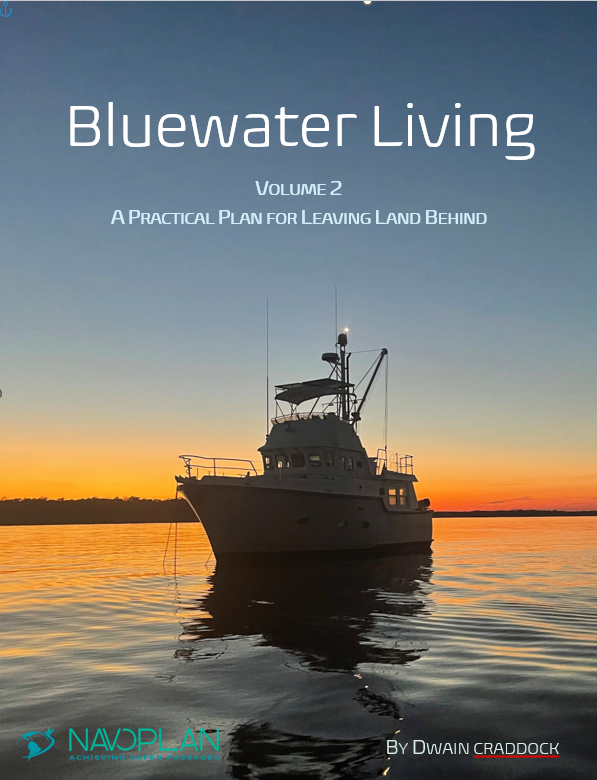Acquisition
Leveraging What You Have Learned to Acquire the Right Vessel
Leveraging What You Have Learned to Acquire the Right Vessel

This combined offering brings together the essential resources every aspiring cruiser needs to make the leap from land to sea. Built on the foundation of NAVOPLAN, it blends expert guidance, proven tools, and hands-on learning to help you choose the right vessel, prepare your crew, and move confidently toward your first voyage.
Written by experienced cruiser Dwain Craddock, this book is your roadmap for transitioning to life at sea. From planning and outfitting to financial management and mental readiness, it provides practical, step-by-step insight for preparing your vessel and your life for bluewater adventures.
One-on-one consulting sessions with seasoned mariners. Get tailored answers to your most important questions—whether about vessel selection, systems planning, or personal preparation.
Interactive online tools inside NAVOPLAN guide you through the process of evaluating and comparing vessels. Match your cruising goals, skills, and budget with the right boat, avoiding costly mistakes.
A growing library of over 150 quick-read guides covering every stage of boat ownership and usage. From anchoring tips to electrical systems, these briefings provide reliable answers when you need them most.
Buy NowCopyright © 2025 NAVOPLAN. all rights reserved.